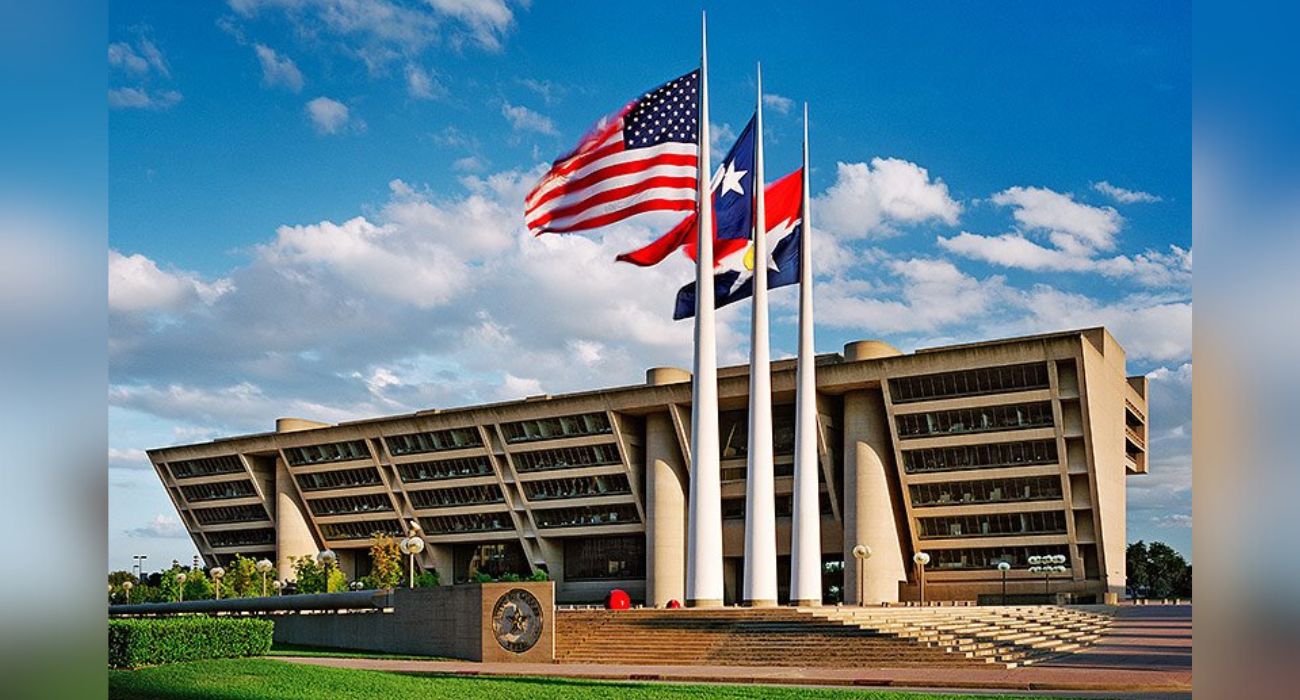Dallas’ Development Services Department (DSD) held a Lunch-N-Learn session on Tuesday, during which the City’s mandatory landscaping provisions and other related ordinances were discussed.
Phil Erwin, chief arborist for the City of Dallas, and Jessie Farris, an arborist project coordinator, led the one-hour educational session, which was attended by The Dallas Express.
The discussion centered around tree regulations and the various City requirements imposed on landscaped areas. Landscaping approval is required for all forms of construction before a building permit can be issued.
While not as common in landscaping, developers can still make mistakes with their design documents that require modifications. Depending on the necessary alterations, these modifications can lead to delays in plan approval and permit issuance.
As of May 2023, DSD’s median turnaround time for residential project permits was about 35 days, while larger commercial projects averaged around 45 days for first-round reviews. However, as previously reported by The Dallas Express, some commercial projects can take three to four months for approval.
The standard document that guides landscaping and tree preservation regulations in Dallas is called Article 10.
According to Erwin, the goal of Article 10 is to provide essential soil volume and quality, preserve large canopy trees, and plan properly-scaled landscaping for 30 to 60 years of growth.
If a developer’s landscaping plan fails to meet Article 10 requirements upon review, the design documents will be noted with the changes needed and sent back to the customer for revisions.
“The city’s philosophy is that landscaping should conform to the development itself,” Erwin told The Dallas Express.
“Article 10 is one of our driving forces that guide landscape and tree code. It applies to about everything,” he added, noting certain exceptions such as those that apply to single-family homeowners.
In order to maintain landscape continuity, safety, and visibility for the general public within areas containing traffic signs, pedestrian crossings, railroad crossings, and school zones, DSD has issued guidelines pertaining to all landscape projects within parks, open spaces, and City-owned right-of-way.
Some of the guidelines state:
- Tree plantings in pedestrian areas must provide adequate clearance for pedestrians so as not to create a safety hazard
- No tree planting within left turn lanes of medians or marginal dividers will be permitted
- No tree planting within medians and marginal dividers measuring 10 feet or less in width will be permitted
- No planting should be allowed within 250 feet of a railroad crossing
The complete list of general guidelines can be found here.
“What we’re looking for with the landscape plan is that you make sure your design can actually [meet] the landscape code before we go up and start getting building permits and plopping them all over the place only to find out the last minute that, ‘Oh, we can’t move with the plan because we don’t have enough space for the trees here — we’ve got too much building, too much pavement,'” Erwin told The Dallas Express.
The next Lunch-N-Learn session is scheduled for August 18.






